Evoland 2
To get back to the present in Evoland 2, you must go on many adventures, defeat opponents and make allies along the way. The gameplay remains top-down, as in Secret of Mana and Legend of Zelda.A host of unexpected obstacles await you as you seek to save the past, present, and future. The Evoland franchise is unique in that it does not focus on a single game genre or graphics engine. While you won’t be thrown into a new predicament every instant like in Wario Ware, you will need to be able to adapt to new controls and gameplay as you move through the game.
The entire premise of Evoland is that the game’s generational technology alters as you go. Onscreen environments will vary from NES or Gameboy quality to PS2 level, 3D produced environments. That is basically the range of video game eras you will encounter. Everything inside those parameters is well portrayed in the game. The game also frequently switches between different modes, such as card battles, puzzle solving, bullet hell shooting, and more.
The pace is kept upbeat by serious discourse and comic interludes. Whether the characters are debating philosophy or dropping 4th wall-breaking one liners, you can tell the game is trying to be thoughtful and amusing. It’s possible to experience whiplash in a game with so many evolutions, mode switches, and mutations, but that’s not the case. The first game only had you find a chest, open it, and paint the game, but the sequel spends time explaining and demonstrating consideration for why things happen and change. Evoland 2 tells its own plot, much like the original games did. Despite graphics and platform limitations, a powerful and relatable story may be told.
Evoland 2’s gameplay is solid. The platforming/action RPG core is excellent, if a little fussy with the touch controls. I’ve alternated between using an mfi controller and the touch interface, and a controller does make otherwise difficult situations easier. There were a few bosses that were tough to control with touch, but I never felt completely blocked or unable to advance without the controller. I won’t go into depth about each of the game’s side-genres or side-games, but all but one are enjoyable. It’s not all perfect, like the Professor Layton-style puzzle segment. Ok, so some of the references are clumsy, but that’s part of the fun! Remember that learning new systems is often required to progress, but if you’re like me and appreciate the diversity, this shouldn’t be an issue.
Description
Evoland 2 was developed by Shiro games. A Slight Case of Spacetime Continuum Disorder. A role-playing video game was released in 2015. Evoland 2, like its predecessor, Evoland, is a role-playing game that draws inspiration. From a variety of video games, regularly incorporating various genres. And gameplay techniques during its story campaign.
In August of 2015, Evoland 2 was released on Microsoft Windows for the first time. Evoland: Legendary Edition, which combined the two games, released in February 2019 for home consoles and Linux.
How to Play
Evoland 2 is the sequel to Evoland. It features identical graphics that change as the player goes through time and a variety of gameplay styles. These become apparent as the player progresses through the story.The plot revolves around time travel and a variety of gameplay styles that tied to the story and the player’s choices. The makers influenced by previous games. Therefore, certain gameplay approaches pay homage to them. In comparison to the first game, this one has a greater emphasis on narrative.
Kuro, an amnesiac boy who discovered by a girl named Fina, is the protagonist of the game. With the ultimate objective of avoiding the world’s annihilation and the end of time itself. The two travel together and meet various people, including the demon prince Menos and researcher Velvet. Kuro and his companions can travel between four different time eras via relics known as Magiliths. Including the present day, a prior war, a dystopian future, and the era of an ancient civilisation. Each historical period depicted in a different graphical manner. Such as Game Boy graphics, 8-bit graphics, 16-bit graphics, and 3D graphics. Players can change events in the past to change history and affect the planet in the future by leaping through time.
Fighting Modes
The majority of the fighting mechanism in the game is based on top-down real-time combat. At specified moments in the story, the game will switch to other genres of play. Such as a sidescrolling platformer, a match-3 puzzler, a turn-based role-playing game.
A vertically-scrolling shooting game, and a 2D fighting game. During the story campaign, players can also search for hidden treasures such as Maana or Orikon Ore. Which can also used to upgrade Kuro and his party, and stars, which act as additional collectibles. There is also a card-based minigame that may played as a sidequest. With players able to gain additional cards by finding them in chests or winning them from opponents.



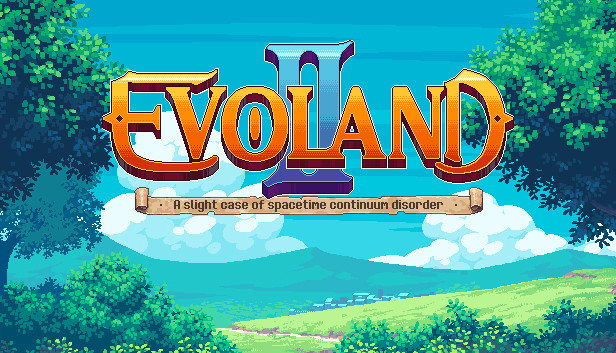
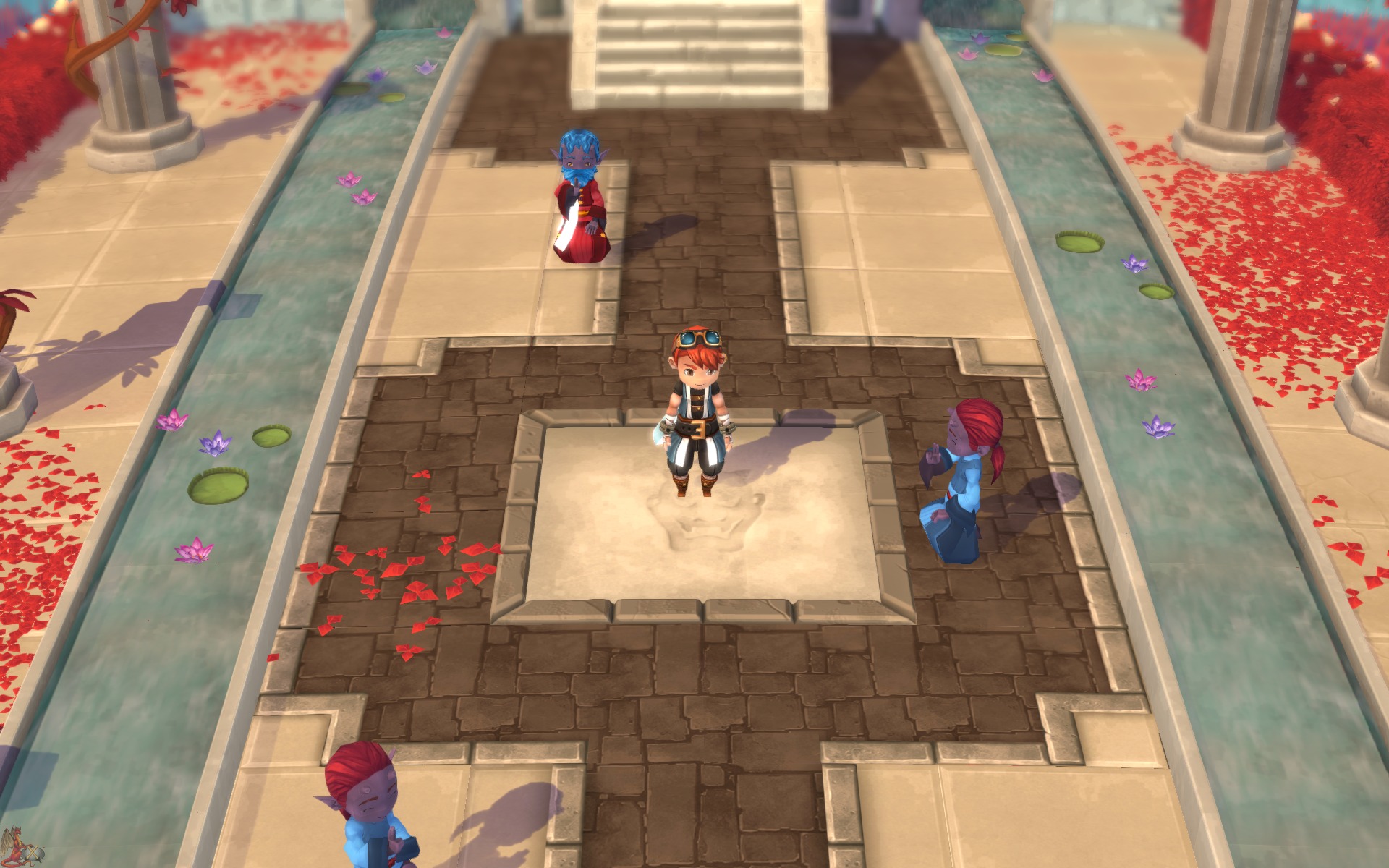
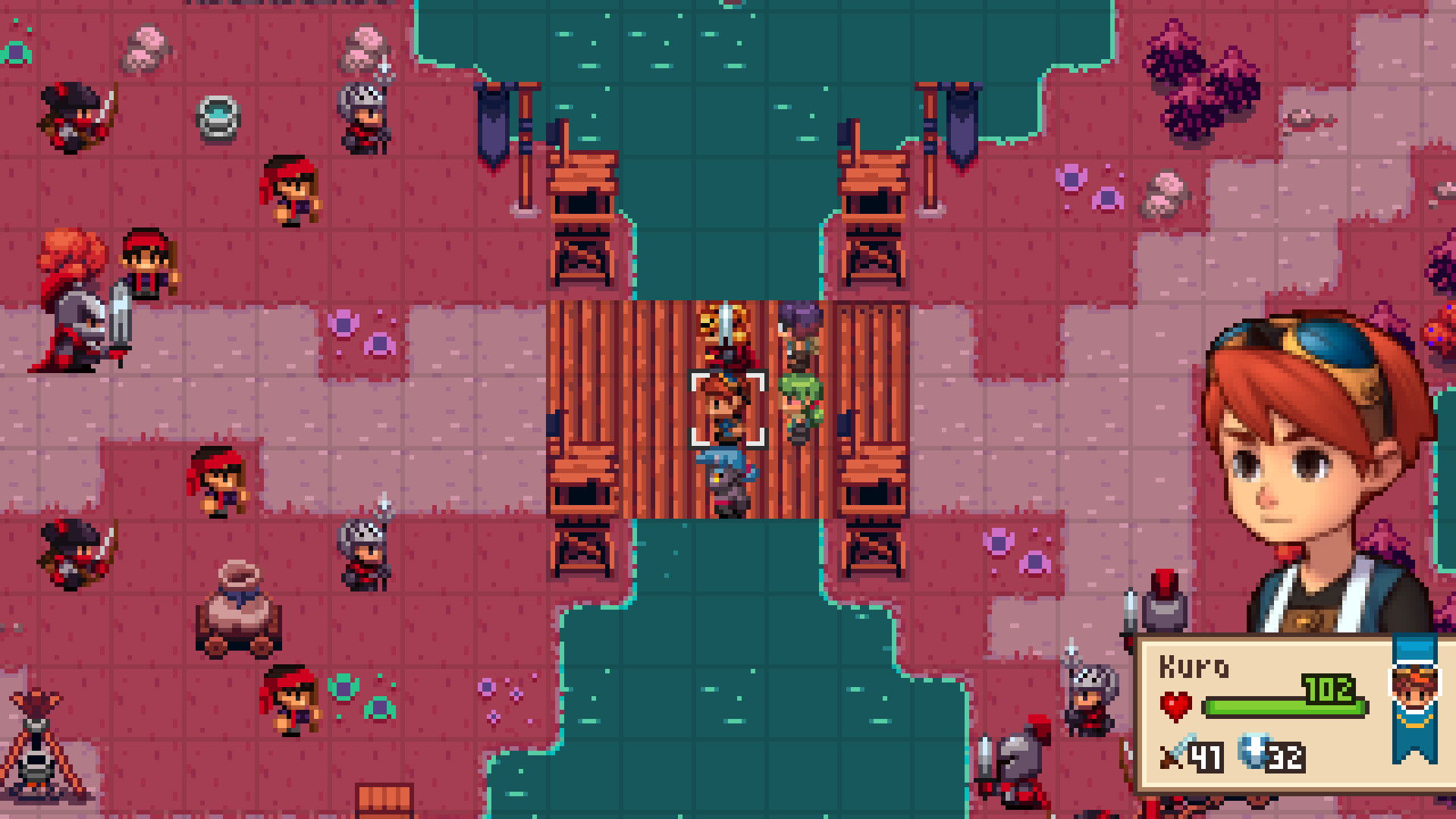

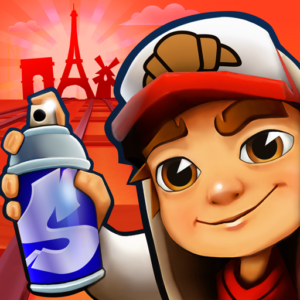
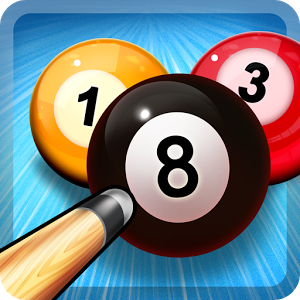
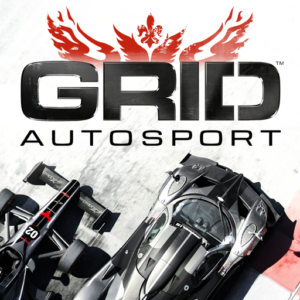
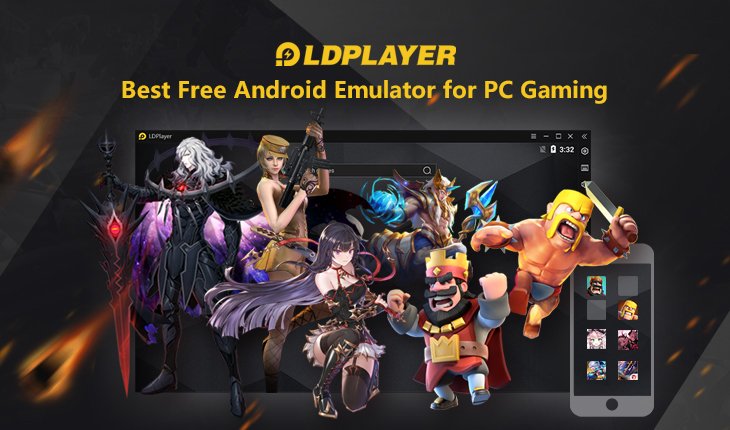
Reviews
There are no reviews yet.